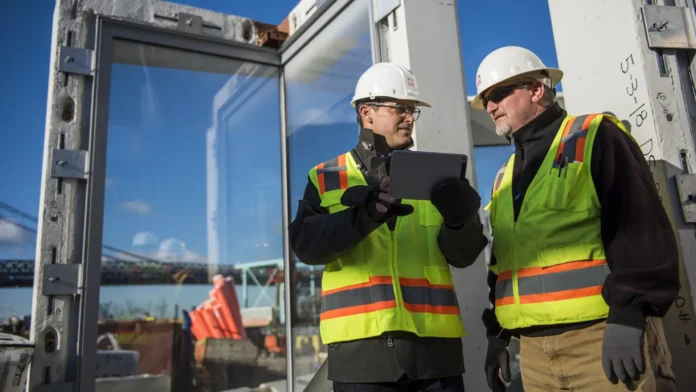
Project planning as well as scheduling in construction is vital if you want to ensure the successful completion of any project. The proper plan and the right schedule will help you complete the project in time within the budget, and that it is up to the required quality standards. In this article, we are going to give you some tips for success when it comes to project planning and scheduling in construction in 2024.
1. Define the scope and the objectives
The first step that you need to take is to define the project scope as well as the objective. This means that you need to understand what the project is meant to achieve and what needs to be done that will lead to successful completion. Take at least a month, and you need to be aware of all the potential risks and setbacks that you may or may not have to deal with. This step is vital because it is going to help you prevent any potential delays and it will help you learn how to deal with unfortunate situations.

Once you have a clear understanding of the objectives as well as potential issues, you can start to break down the project into smaller and more manageable tasks. You will also be able to start making a plan on who is responsible for what and you will know how to a professional environment where everyone will work together instead of against each other.
You can check out Jonas Premier to learn more about how project management can help you determine the scope and objectives, and how to lead a successful project.
2. Create a Work Breakdown Structure

A work breakdown structure here is a hierarchal decomposition of any big project into smaller and more manageable tasks. The process will help you make the project easier to manage and schedule. There are many different ways in which you can do this and nowadays there is a lot of software that will help you out with the process. If you don’t want to use any additional tools you can just use a simple spreadsheet in which you will break down the work structure.
This process should be detailed enough so that all the tasks required to complete the project are included, however, it should not be too detailed to the level of it becoming confusing or even overwhelming. Some project managers choose to skip this step, however, it is vital to include it in your planning and scheduling. It is going to make it much easier for you to follow and it is going to help you understand what needs to be done, when, and how. By creating a work breakdown structure, it is going to be easier for you to create and manage teams responsible for each part of the construction project.
3. Create a schedule
Once you are done with the first two steps that we talked about the next thing you need to do is develop the project schedule. This process will outline the start and end dates for every task included in the project. This means that you need to create a plan on when everything is going to start, who is going to work on that part, and when it is supposed to end. In many cases, project managers leave wiggle room so that there are no delays or unfortunate events.
It should include not only the duration of each task but also the dependencies between tasks. When you create the schedule, you can have a better idea on what to expect from your teams and you will be able to react as soon as you see something that is being delayed. The schedule can be created using a simple spreadsheet; however, you can opt for more detailed software tools that are going to help you analyze the whole schedule outside of the current tasks. Many of the tools available online are free to use however if you want to explore all the features and additional options it is better to find something that you can pay for.
4. Identify the risks

Many project managers make the mistake of believing that the risks can be identified in any other step of the project and that they don’t need to spend extra time in focusing on this potential problem only. This is a vital step that can make or break the whole construction and you should never skip sitting down and seeing what all national risks are.
They can include anything that can delay the project or make you go over budget. Some examples include labor shortages, material shortages, unexpected side conditions, weather, and so on. You need to break down all the potential risks that can end may happen, and you should also develop strategies on how to mitigate them. This is going to ultimately save you a lot of time and stress, and even if you don’t need to use any of the methods that you have planned for, it is far better to know how to deal with risk than wonder what you should do once it happens.
5. Assign resources

Resource allocation is another vital step in every construction project. You would need to assign necessary resources including equipment, materials, and personnel to complete each and every task of the project. You need to pay close attention to this part because you need to ensure that the resources are allocated efficiently to avoid any possible delays as well as cost overruns.
In most cases, you would need to collaborate with the team leaders as well as managers to help you figure out how much money should be allocated as well as other resources and to help prevent any potential issues that may come from over or under-budgeting. Once again, you can use specific software that will help you figure things out with ease. This is the part of the process that you need to be the most focused on because, in most scenarios, you are going to be working with a big budget that needs to be broken down into smaller budgets that will help ensure the success of the project.
Don’t forget to monitor progress and review and adjust the plan as you go, so be ready to think on your feet and react when needed. Project planning and scheduling in construction is probably the most important part of the whole process. Make sure you collaborate with the right personnel that can help you with the management so that you don’t deal with unnecessary problems at setbacks.











